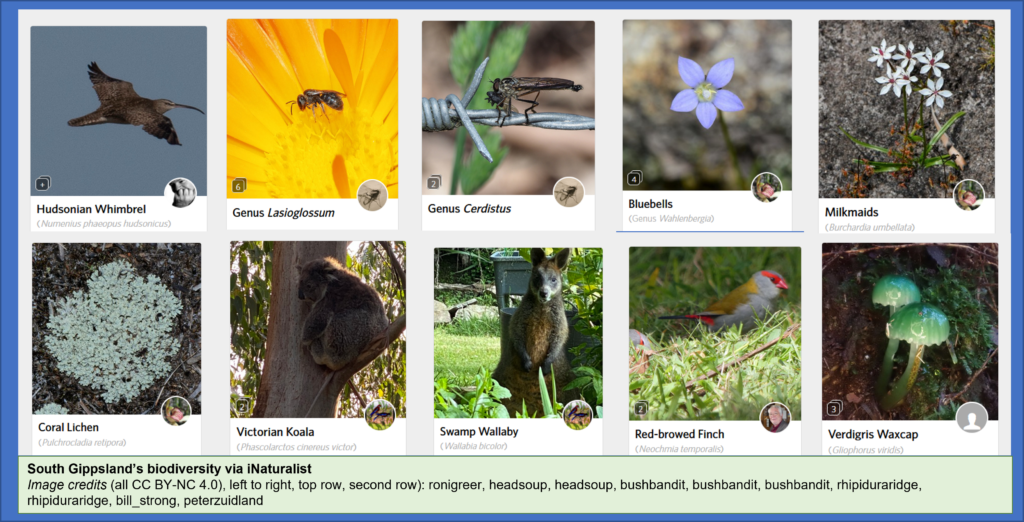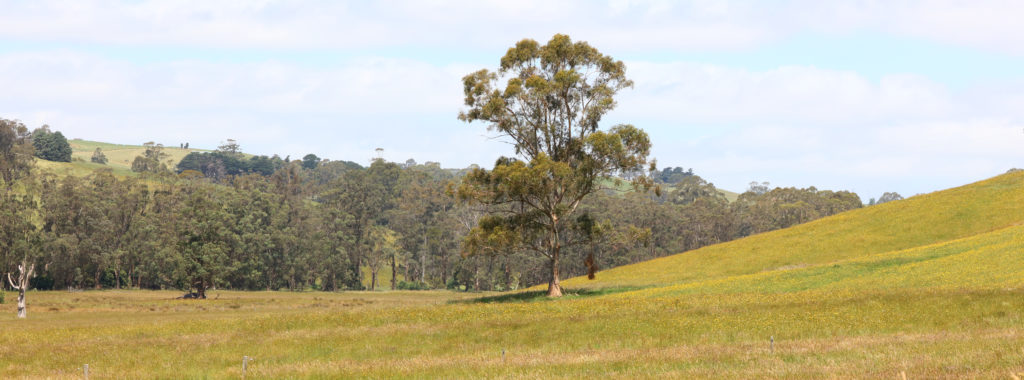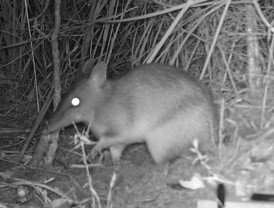Over 40 people filled Mirboo Nth RSL Hall last Sunday (26 Feb) to hear from experts on
managing soil erosion and landslips in the local area. The event, organised by Mardan-
Mirboo North Landcare & the Hallston Regenerative Agriculture Group, was in response to
the ongoing prevalence of landslips and erosion and the need for landholder assistance to
manage them.
Speakers included James Paulet & Kerri Goschnick from Agriculture Victoria who explained
the various differences between rill, sheet & gully erosion vs landslides (landslips). A
surprising fact was that landslips, even when occurring on upper slopes, are usually caused
by surfacing groundwater, which could be coming from 100’s or even 1000’s km away. They
presented a series of case-studies to demonstrate that a catchment-scale analysis is usually
required to understand the origins of erosion, often from a neighbouring property.
Gerhard Grasser from Hallston Regenerative Agriculture Group also presented on a case-
study from the Hyland Reservoir, where a major revegetation and soil monitoring project
was conducted to address a significant landslip on the banks of a water supply area. He
highlighted the role of mycorrhizal fungi in supporting plant growth and helping to hold soil
together via their extensive fibrous network.
After lunch the group visited the property of Heather Matthies, who is dealing with several
erosion and landslip sites on her property. The group were guided by Kerri Goschnick (Ag.
Vic) who provided expert advice on prioritising works and explained the structural and
revegetation works needed to stop active gully erosion. The key approaches involved re-
shaping the banks of channels to a 3 to 1 slope and always pulling soil away from (not
pushing into) the channel. Newly shaped channels then need to be lined with rock and
geotextile fabric to prevent erosion. Most sites were assessed as being approx. 1 day
excavator work with budgets for each site around the $3-5,000 mark. Rocks need to be 350-
450 mm and strategically placed to line the channel – not just tossed in! A loosely woven
geotextile fabric under the rock is also essential.
It is beneficial to identify and develop a relationship with a suitable excavator operator who
is willing and able to place rocks and has some experience in this line of work. Landcare
hope to follow the works on Heather’s place and make more opportunities available for
people to inspect actions taken.
Further Information can be found at:
https://agriculture.vic.gov.au/farm-management/soil/erosion




